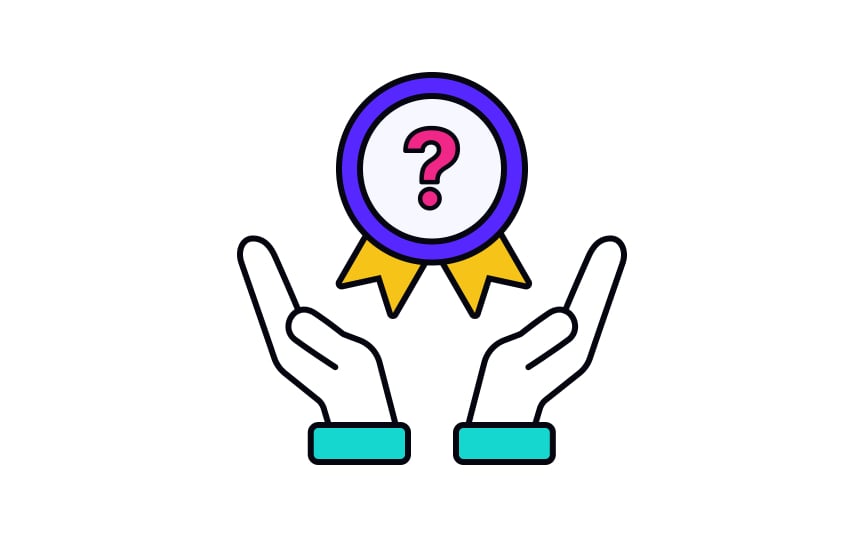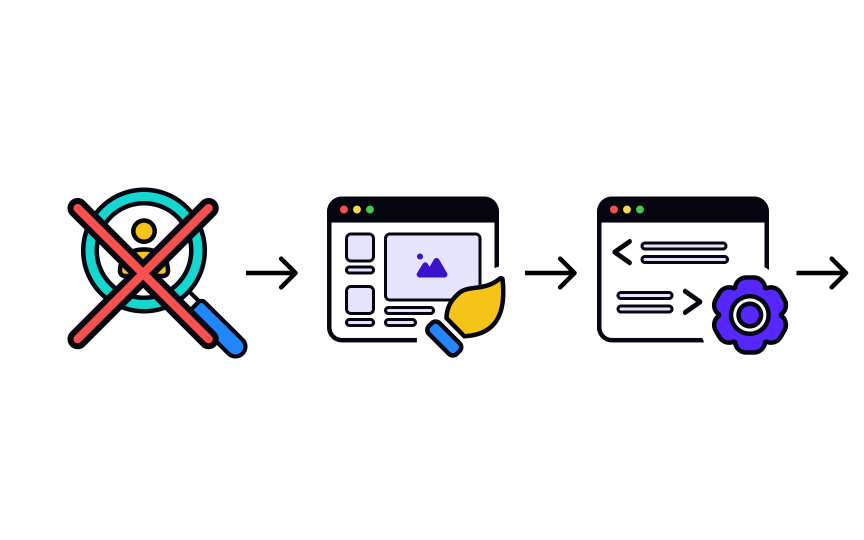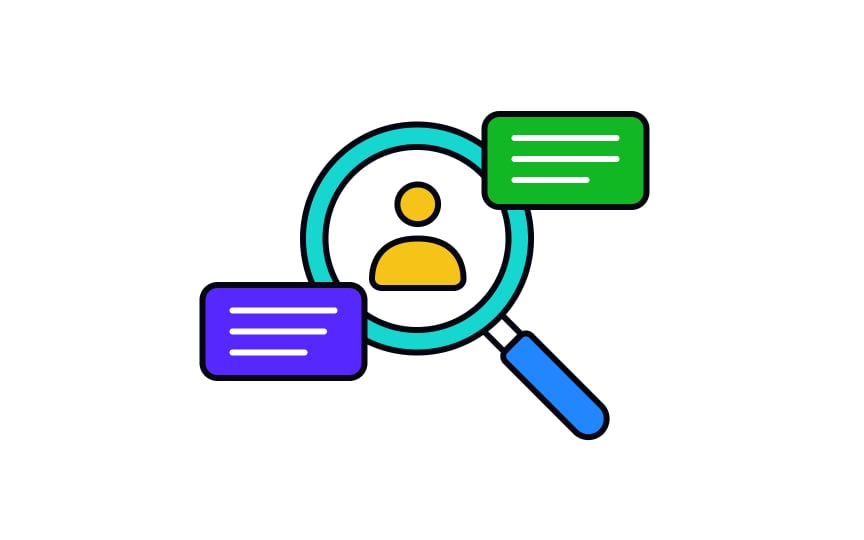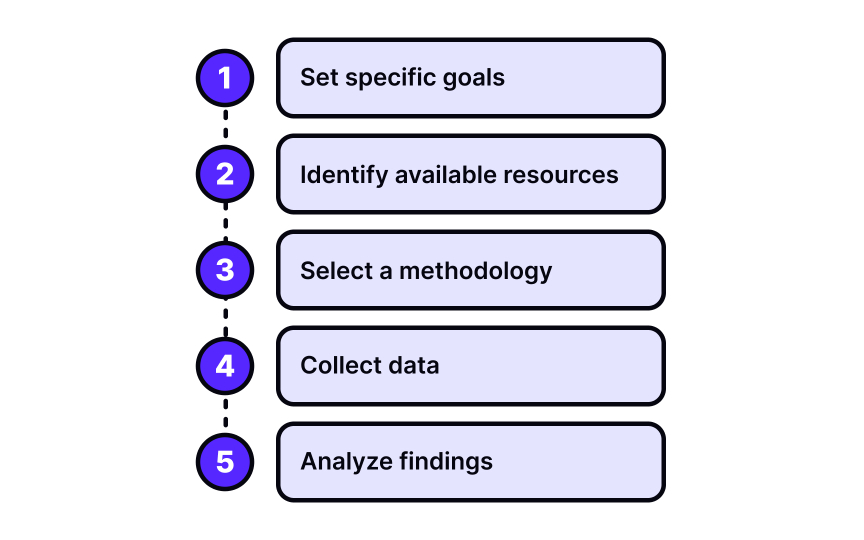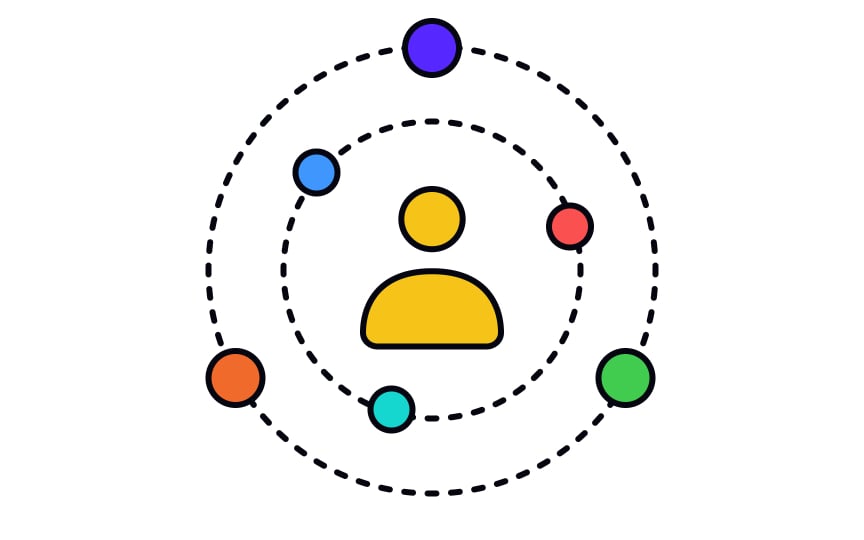User Research Basics
Learn what UX research is and what it can be used for
User experience (UX) design creates products and services with users' interests and needs at heart. But how do we know what these needs and interests are? Are our assumptions about our users enough to ensure that we create valuable and user-friendly products? The answer is no.
Assumptions remain assumptions unless backed by data. And the only way to create great products that users love is to avoid making guesses and instead rely upon well-researched user data. If done well, UX research can be a treasure trove of insights that guide and shape your design decisions, ultimately leading to the creation of successful products.
While the ultimate utility of UX
- Aids decision-making. What product features should be highlighted prominently? What should the navigation look like? Should your product be designed for both Android and iOS platforms? Finding answers to these questions might be possible based on a wild assumption or a quick internet search, but nothing will yield more accurate and data-backed answers than systematic UX research.
- Removes biases. The development of a product goes through the hands of multiple stakeholders and team members who each have their own beliefs and opinions. With UX research, you have data to back up your decisions and it becomes easy to eliminate any reasoning that is not 100% objective.
- Allows usability testing. You can test anything from low-fidelity mockups to high-fidelity prototypes with your users and gather their feedback before developing your product's final version to save time and money.
- Helps identify solutions. UX research can also be a great way to find solutions for your product's problems — this could be anything from high bounce rates to low conversion rates.
- Enhances marketing efforts. Since UX research reveals early on from the product design process what your users’ needs, goals, and behaviors are like, it becomes easy to identify how to target these users in your marketing efforts.
Building products without factoring in users is like shooting in the dark. It can waste a lot of time and resources. A simple solution to this problem is
Several decisions must be made at every stage of the
The first type of user research in the design cycle involves collecting information about user needs and goals. This data determines how the product can help users meet these goals. As the
It is possible for UX research to be used to solve specific problems that arise within a product. For example, a study may be commissioned to examine the reason behind high bounce rates on a web page.
Even though the importance of
Assumptions can be detrimental to product design because:
- You could end up with a product that does not solve your users’ problems
- You could create a product that inadvertently harms users
- You could end up with a product that is not user-friendly
- You could end up with a product that offers great value but creates confusion for your users[2]
While incredibly useful,
Conversely, you may first create assumptions about your product and then use UX research data to prove or disprove it. For example, you may assume that the first thing that your users notice on your Home
The best way to approach
- Set specific goals. UX research can be time and resource-consuming if you do not know what you’re looking for. At each stage of the
design process , identify what information you’re seeking from your users. Are you looking to learn their tastes and preferences? Perhaps, you’d like to know their greatest pain points? - Identify available resources. People are often intimidated by the term UX research, believing it to be too expensive and time-consuming. However, several research methodologies are available to fit various budgets and time frames. Determine the number of resources available at your end and then seek a methodology that suits you.
- Select a methodology. Selecting a methodology for your study will depend on many factors such as your goals, budget, and time frame. Explore our UX Strategy & Methodology lesson to learn more. You will also need to determine who your test sample will be and how you will select them. There are multiple random and non-random sample selection methods to choose from.[3]
- Collect data. Once you’ve determined your test sample, you can administer the tests in either users’ real environments or artificial environments such as a lab. You can then collect the data using your chosen methodology such as focus group interviews, surveys, field studies, card sorting, etc.
- Analyze your findings. The most vital part of UX research is using the data you’ve collected to answer questions and meet the goals that you initially set.
The most foolproof way to ensure you get the most out of your
- Why do users want to achieve a specific goal?
- How can they achieve this goal?
- What is the outcome after achieving this goal?[4]
References
- The Essential Guide to User Research | Medium
- Empathic design: Research strategies | PubMed Central (PMC)
Top contributors
Topics
From Course
Share
Similar lessons

UX Research Strategy & Methodology

UX Research Ethics & Biases

